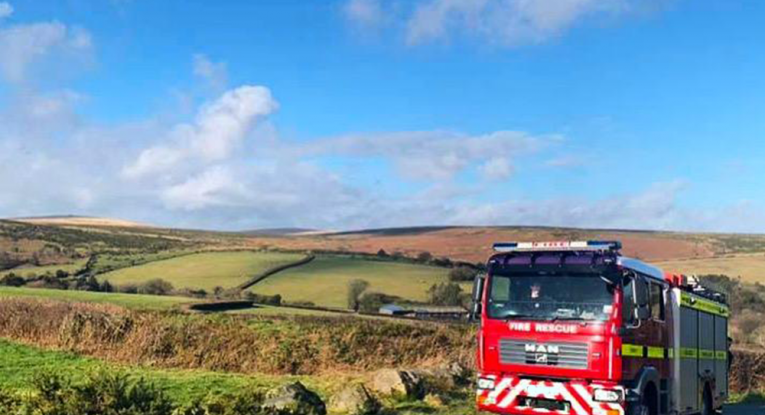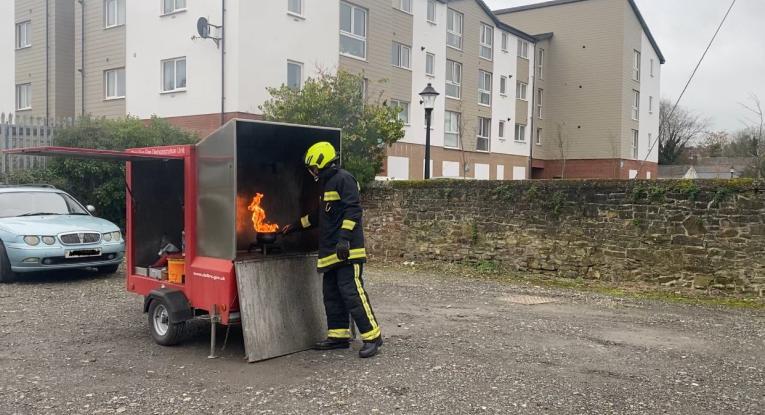Water safety
There are hundreds of accidental water deaths every year in the UK. Shockingly, around half of the people who drowned had no intention of entering the water.
More people drown from ending up in the water when running or walking (87 deaths in 2019) than those who drown when swimming (44 deaths in 2019)*.
How to stay safe in and around water
Follow and share our top tips to keep yourself (and others) safe around the coast and rivers, lakes, and canals.
- Never leave children unattended near water.
- Know your location, so if you need to dial 999 you know exactly where you are if you or someone else gets into trouble. We recommend you use the What3Words app to help locate yourself and others.
- Be aware of hidden dangers. Water might look calm on the surface but strong undercurrents can pull even the strongest of swimmers under. Underwater plants can also be a drowning hazard if you get stuck.
- Never walk or play on frozen water.
- Be careful of swimming in cold water, as it could affect your ability to swim.
- Try to only swim where there are lifeguards present. Swimming in quarries, lakes, reservoirs, and canals is really dangerous.
- Pay attention to warning signs and learn what the different coloured flags at the beach mean.
- Beware of rip currents. If you’re ever caught in one, swim parallel to the shore.
- If you find yourself in trouble, try to move to a floating position. Lie on your back and spread out your arms and legs, tilt your head up and out of the water and shout for help. If you can, try and raise your arm to make people aware.
- Stay out of the water if you have been drinking alcohol.
Getting into cold water
Cold water shock can occur in water below 15 degrees Celsius. The average sea temperature in the UK is just 12 degrees Celsius, and rivers are even colder – even in summer.
If you enter the water too quickly, for example, if you jump into a river or lake, your body can go into shock. This can cause heart attacks – even in healthy and young people.
The cold water also causes an involuntary gasp for breath. This can cause drowning as you take in water. It only takes half a pint of water to enter the lungs for a fully grown man to start drowning. You could die if you don't get medical care immediately.
Take your time when entering the water, and never jump into cold water.
If you enter the water unexpectedly, follow the RNLI’s tips for minimising the risk of cold water shock:
- Take a minute. The initial effects of cold water pass in less than a minute so don’t try to swim straight away.
- Relax and float on your back to catch your breath. Try to get hold of something that will help you float.
- Keep calm then call for help or swim for safety if you’re able.
Rip currents
The majority of incidents the RNLI beach lifeguards attend involve rip currents. Rip currents are also the major cause of accidental drowning on beaches all across the world.
With an extensive coastline around Devon and Somerset, you should be prepared before entering the sea.
- Read more about rip currents on the RNLI website.
- Watch this video about what to do if you're caught in a rip current.
- Read the RNLI's tips for being safe at the beach.
Teaching children about water safety
The following websites are full of helpful tips and activities to help teach children about water safety.
What to do if someone falls into the water
Never go into the water to try to save someone. You could experience cold water shock which will leave you unable to help, even if you’re a strong swimmer.
- Call 999 immediately. If you’re near the coast, ask for a coastguard. If you are inland, ask for the fire, and ambulance services.
- Tell the emergency services where you are. You can use your phone, but if you don’t have one or you can’t access location tools then try looking for landmarks or signs that could help the services find you. We recommend downloading the What3Words app to help with pinpointing your location.
- If the person can swim, shout “swim to me!” The water can be disorientating, but this could help give them a focus. Keep instructions loud, clear and consistent.
- Look for lifebelts or throw bags you can use. Read about how to use a throwline.
- If there isn’t any lifesaving equipment, look for other things that could help them stay afloat, such as a ball. You can even use a scarf or long stick to help pull someone in. If you do this, lie on the ground so your entire body is safely on the edge and reach out with your arm. Don’t stand up or lean over the water, as you might get pulled in.
Medical help
If you get someone out of the water, they will need medical attention. Even if they seem fine, drowning can occur at a later stage if water has already entered the lungs. It can cause death up to 48 hours after the near-drowning incident.
- If the person is unconscious, check they are breathing.
- If they are not breathing, they need five rescue breathes and then CPR (30 chest compressions followed by two rescue breaths). Continue until help arrives.
- If the person is unconscious but breathing, put them in the recovery position with their head lower than their body.

